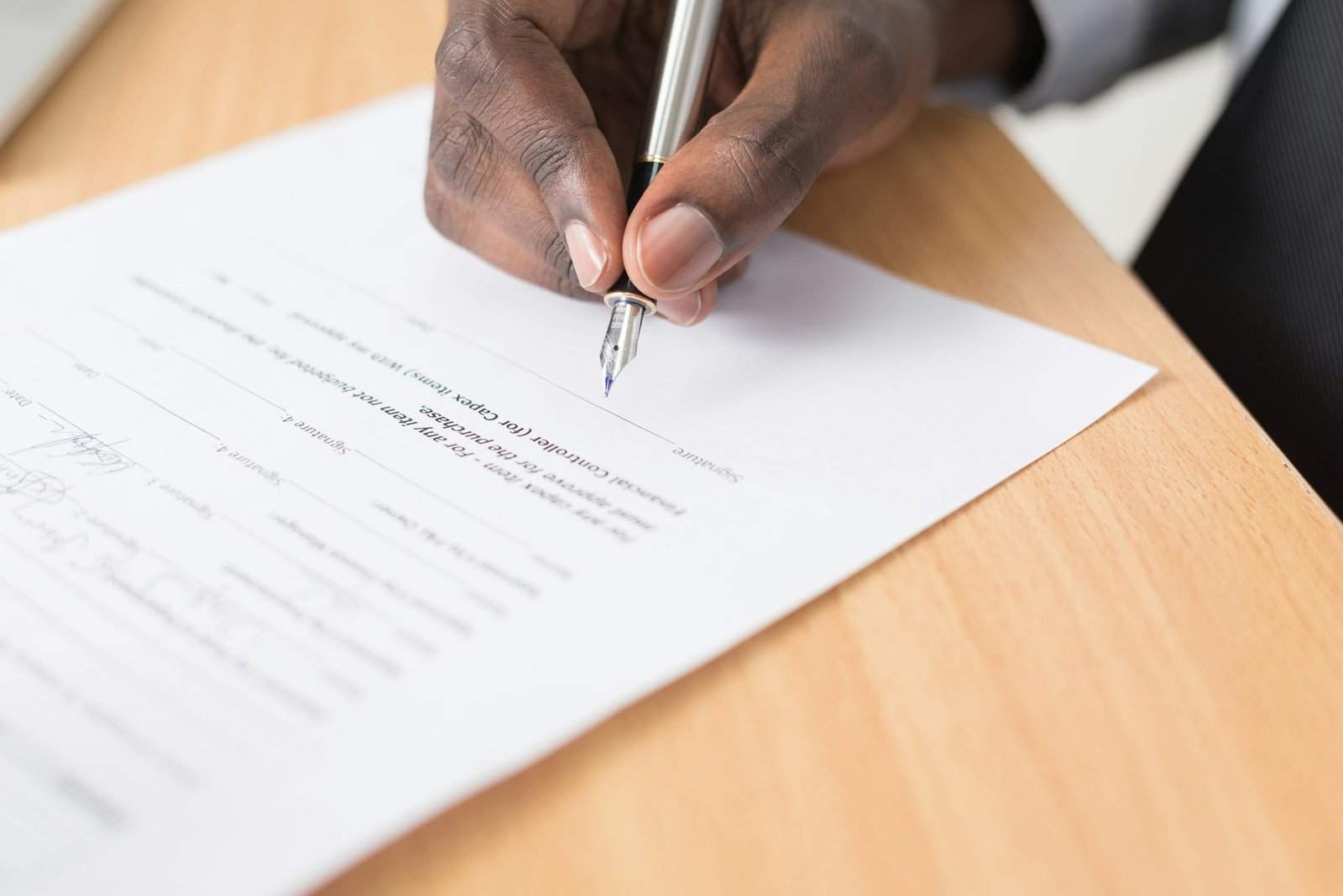In the abundance of legal regularities one must follow, paperwork and meticulous documentation must always be in order if you wish to get a task done right. Conveyancing can be a lengthy and tedious process and one that requires expert care, especially related to documentation because if something goes unnoticed, things can go south. Within the plethora of legalities and transactions related to property transfers, having all the vital documents neatly organized is akin to delegating through potential ups and downs. You must organize all conveyancing documents and exactly know what to expect when you are about to sell or purchase a property.
What is conveyancing and why is it vital to get all the documents in order?
The conveyancing process entails dealing with complex legal regularities that involve transferring the ownership of a property from the seller to the buyer. Whether you are a buyer or a seller, the entire process can be hassle-free if all the paperwork is in meticulous order. Once you get all the documents in order, the conveyancing process will run legally and financially smoothly.
It’s of utmost importance for all the conveyancing paperwork to be aligned with the law so that the conveyancing transaction ends without major disruptions. Here are some of the documents you need to gather if you are preparing for conveyancing.
Document 1: Contract of sale
One of the most crucial documents you ought to obtain is the contract of sale. If you were to sell or purchase a property in the gorgeous surrounding places of Australia’s NSW, the formalities of the transaction can be lengthy and tiring. Unless you hire an expert conveyancing Tamworth solicitor to analyze all special conditions outlined in the contract or examine any restrictions on the property, you will be in trouble. Professional solicitors help you with all conveyancing transactions related to contracts of sale such as price, completion date, working with bank or credit unions, and help formalize the exchange process and conduct transitions.
Document 2: Transfer deed
As conveyancing legal matters are often complex, you have to be acquainted with conveyancing legislation and local regulations. A transfer deed is an essential legal document that clearly specifies the legal title from the seller to the buyer and which is later sent to the official registry officer. What’s more, a transfer deed also must possess all required details about specific rights, provisions, or fees that both parties must sign in order for the document to be viable. Also, the signing process would need to be witnessed by at least one independent party.
Document 3: Mortgage deed
Proof of funds and mortgage deeds are other important documents you must prepare for conveyancing. If you are the buyer who is financing the purchase through a mortgage, you would need to get a signed mortgage deed where it is clearly shown that you are bound to the terms of the contract. A mortgage deed offer serves to provide security proof that you are in an adequate financial position to purchase the property. A mortgage deed document is tangible evidence of the funds you have to complete the conveyancing process.
Document 4: Proof of Identity and Address documents
Even though it goes without saying that you should have such a document, proving who you are and where you come from is extremely vital from a legal perspective. When preparing for conveyancing, your lawyer would demand that you show either your identity card, passport, or driving license to confirm your identity. This is also important for the committee and later on for banks.
How to prepare and gather all the documents?
The conveyancing process that entails legally transferring property titles might sound exciting and challenging for one party but it can be rather demanding for another. For this matter, it’s essential to gather and organize all the crucial documents for the eligible fundamentals of the conveyancing process. To prepare and gather all the documents for the conveyancing transition to run smoothly, you need to partner up with an experienced solicitor or a regulative body who would guide you through the process and help you organize an array of documents that you would gather. Each piece of paper holds huge significance, both for the legal aspect and for the core of ownership transfer itself. By obeying the immensely helpful solicitor’s pieces of advice you would manage to minimize the risk of oversight, disorganization, and error.
How to get your documents ready for conveyancing?
Once you reckon that you have gathered all the documents, the time has come to check if everything is for conveyancing. Since this can be a daunting task, it would be vital from your side to create a checklist, organize the documents into categories, and neatly follow it. Upon collecting the needed documents for conveyancing, arrange them legally or logically and label them adequately so you won’t have trouble finding them. Also, it would be utterly helpful to make several copies of all the documents and to keep them in a remote but secure place.
If you are in doubt about how to conduct a certain step or which documents you need to gather, you can always seek professional help. Conveyancing is a complex procedure that should be tackled with expertise.


